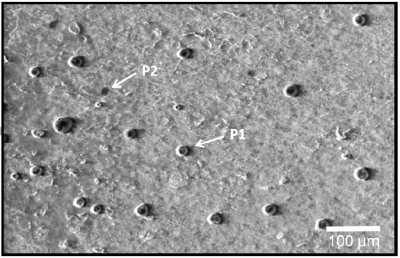Clever chocolate: Can consumer-driven NPD work?

Published in Food Quality and Preference, researchers looked into how helpful the consumer-driven NPD method House of Quality (HOQ) was in developing Belgian filled chocolates, particularly when trying to overcome challenges like fat bloom.
The HOQ method compiles data on consumer opinions, product attributes and production processes in a matrix, enabling manufacturers to see clear links between each factor. For example, it becomes clear what product attribute will change if a certain process step is altered, enabling manufacturers to try and overcome unfavorable attributes like fat bloom.
The researchers said that, in general, the HOQ method had not been successfully adopted by the food industry but could prove promising, particularly when so many parameters were involved in a product.
“During the production of the chocolate shell, there are many process parameters that influence the quality of the chocolate and, later on, the quality of the filled chocolates. Next to that, the filing can consist of a wide variety of ingredients which all contribute to the taste and other sensory characteristics of filled chocolates,” they said.
Overcoming fat bloom in line with consumer ideals
The researchers said fat bloom – where white specks appear on the chocolate due to fat imbalance – was one of the biggest product defects facing chocolate makers.
For those looking to counter it with ingredient alterations or processing changes, consumer acceptance in relation to this had to be considered, they said, which could be seen via the HOQ method used in their case study.
“It is essential to gain knowledge on the sensory differences between fresh and bloomed filled chocolates in relation to consumer preferences. Further, the influence of process parameters and the effect of optimizing these parameters on fat bloom formation and the resulting sensory characteristics needs to be taken into account.”
The matrix showed, for example, that a well-tempered chocolate meant no early fat bloom development. Similarly, this product would have a preferred texture – something that consumer preferences indicated was important after taste.
Other consumer ideals included gloss, intensity of color and snap.
“From the roof of the HOQ, it is clear that these attributes are related to each other and to the tempering of the chocolate. Thus, tempering can be viewed as a critical production parameter when producing or improving a filled chocolate,” the researchers said.
Similarly, knowing that flavor was most important for consumers in their acceptance of filled chocolates meant manufacturers should develop fillings with intense flavors, they said.
“Through defining the consumer needs and conducting a competitive analysis, the HOQ helps to identify the technical components that require change. The net effect of all of this is that the items that drive the company’s actions are driven by consumer’s requirements. The HOQ helps to set the targets, summarize basic data, represent the consumer’s voice and helps to discover strategic opportunities.”
The advantage of using HOQ?
While some of these NPD strategies, particularly better tempering, was already known among industry, the researchers said the case study proved the importance of using a HOQ method for successful NPD.
The tempering-fat bloom link, for example, was made clear using the HOQ matrix which meant other challenges could similarly be clearly understood.
Source: Food Quality and Preference
Published online ahead of print, doi: 10.1016/j.foodqual.2014.10.009. April 2015, vol 41, pages 20-29
“Consumer-driven product development and improvement combined with sensory analysis: A case-study for European filled chocolates”
Authors: S. De Pelsmaeker, X. Gellynck, C. Delbaere, N. Declercq and K. Dewettinck













